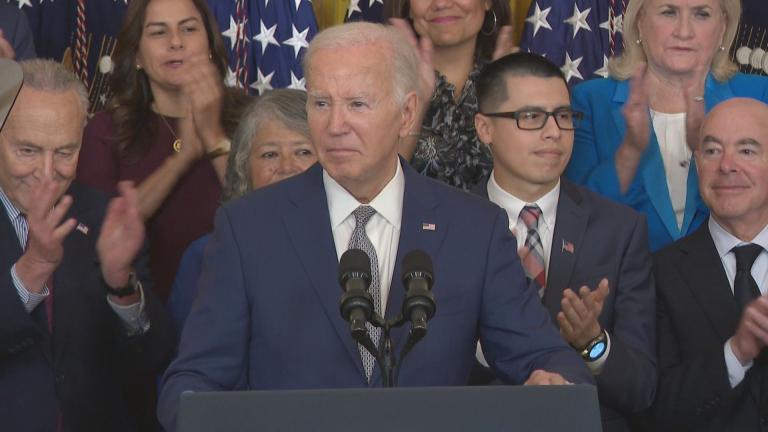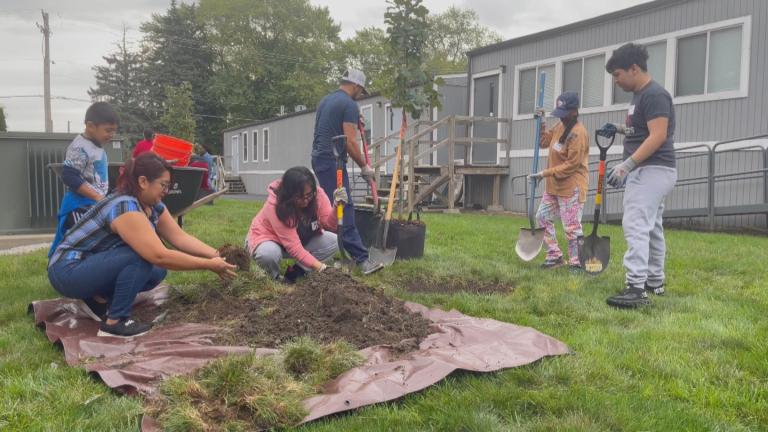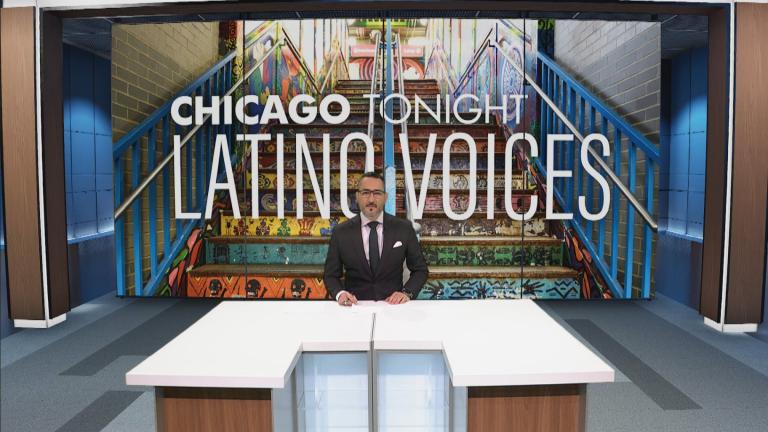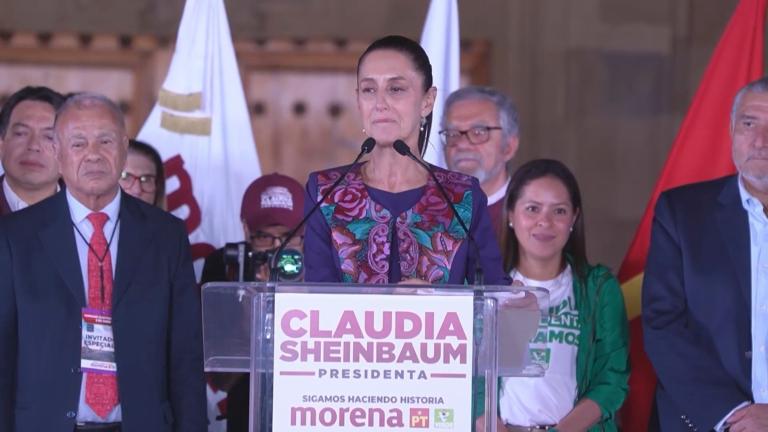In Chicago, many of the areas with the most public transportation options are also the most expensive to live in.
According to the Metropolitan Planning Council, 90% of transit oriented development built between 2009 and 2020 has been concentrated in wealthier communities, particularly on the north side.
The proposed Connected Communities ordinance introduced to City Council in June aims to make public transit options more accessible for everyone. It proposes, among other measures, reducing barriers to more affordable housing developments, near high frequency bus lines and train stations.
Leslé Honoré, managing director of strategy and communications at the Center for Neighborhood Technology, is a member of the coalition that developed the ordinance.
“The ordinance really came about through Elevated Chicago, a community-based coalition of institutional partners, community-based organizations, where we really focus on addressing racial inequities through equitable transit-oriented development,” Honoré said. “We started our work in around 2017, around the half mile of seven Chicago transit authority stations located in majority Black and brown neighborhoods, we don’t have the same luxuries of that ideal 20-minute neighborhood where you can walk to a grocery store, you can walk to a clinic, you can get on a train or a bus to go to school, to go to have retail therapy, to go to work. And it has contributed to displacement and depopulation in our communities of color.”
Honoré says the ordinance has three goals.
“One is more equity, one is more transit orientation and the other one is more development,” Honoré said. “ So really wanting to invite developers to come in and to develop where there has been a lack of development around those transit hubs in our communities, whether it be homes or retail grocery stores, incentivizing them to come to our communities and build there.”
Honoré’s hope is the ordinance will spark interest in residents learning more about zoning laws and how they affect their everyday lives.
“Growing up, I didn’t know what a zoning ordinance was. I had no idea that there were laws that said this is how you can build in a community. This is how you can build in a city, this is what you can build. And we all know Chicago’s legacy of segregation is deep and long and intentional. And so we have to be intentional with how we undo some of that legacy.”
Honoré calls the question of whether the CTA is prepared to handle a greater volume of riders that could result from this ordinance a “chicken or the egg” conversation.
“What we know is if we can have more dense communities where more people are using transit, that they’re being less car reliant, then that increases volume for CTA. That increases revenue and then we can have other conversations about how they can continue to best serve Chicagoans.”








